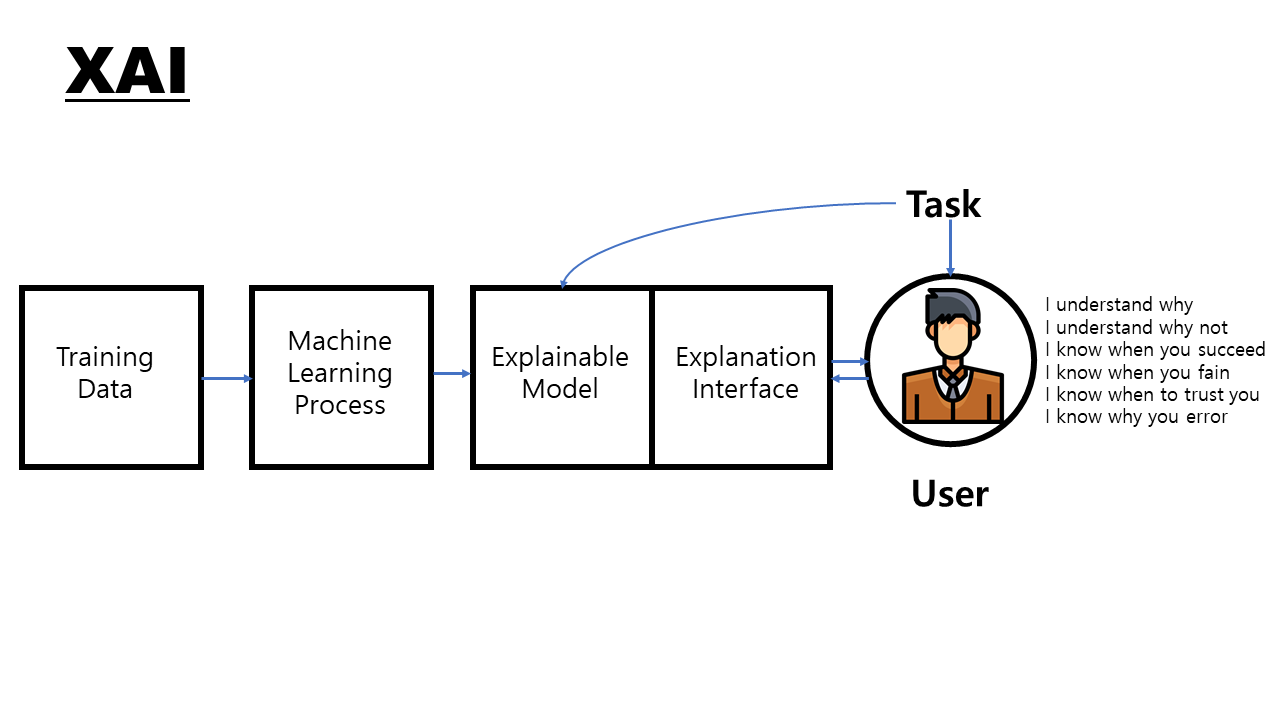
Artificial Intelligence (AI) is not just a buzzword in the tech industry; it has become a crucial part of modern business operations. As we witness the AI revolution reshaping industries, businesses must not only understand this trend but also strategize to leverage its benefits. This blog post aims to help businesses navigate the AI wave, outlining its current trends and providing practical steps to incorporate AI into their operations.
Understanding the AI Trend
AI involves creating systems that can perform tasks that normally require human intelligence. These tasks include learning, understanding language, recognizing patterns, problem-solving, and decision-making. There are various subsets of AI, such as Machine Learning (ML), where machines learn from data, and Natural Language Processing (NLP), which enables machines to understand and interact in human language.
![Top Advantages and Disadvantages of Artificial Intelligence [2023 Edition]](https://www.simplilearn.com/ice9/free_resources_article_thumb/Advantages_and_Disadvantages_of_artificial_intelligence.jpg)
Current AI Trends
Automated Machine Learning (AutoML):

AutoML is rapidly becoming a significant trend in AI. It simplifies the machine learning process, making it more accessible to individuals without advanced data science backgrounds. AutoML platforms automate the process of training and optimizing machine learning models, which involves feature selection, model selection, and hyperparameter tuning.
This democratization of machine learning could be a game-changer for businesses. It allows non-technical employees to leverage machine learning in their roles, leading to more data-driven decisions across the organization. Moreover, AutoML can help businesses scale their AI operations, as they can build and deploy models more quickly and efficiently.
Explainable AI (XAI):

Explainability in AI is becoming increasingly important as AI systems become more prevalent in decision-making. XAI refers to methods and techniques that make the output of AI models understandable to humans. This is crucial for building trust in AI systems and for users to understand, appropriately trust, and effectively manage AI.
For businesses, this means more transparency in how AI models make predictions and decisions. For instance, if an AI model rejects a loan application, XAI can provide the specific reasons for this decision. This increased transparency can improve customer trust and enable businesses to use AI in more sensitive and regulated areas.
How Businesses Can Respond to the AI Trend
Leverage AI Tools:
There are numerous AI tools and platforms available today that cater to different needs and skill levels. These tools can help businesses implement AI solutions without the need for extensive coding or data science expertise.
For example, tools like Google’s AutoML provide an intuitive interface for building, training, and deploying machine learning models. Similarly, tools like IBM’s Watson provide AI-powered insights and recommendations, enabling businesses to make data-driven decisions.
By identifying the right tools for their needs, businesses can incorporate AI into their operations more effectively and efficiently.
Partner with AI Experts:
For businesses that lack in-house AI expertise, partnering with AI service providers can be a viable option. These providers have the technical expertise and experience to implement effective AI solutions.
Moreover, they can provide valuable insights into the latest AI trends and how to leverage them. They can also help businesses navigate the complexities of AI implementation, such as data privacy and ethical considerations.
Partnering with AI experts can accelerate a business’s AI journey, allowing them to reap the benefits of AI more quickly and effectively. However, businesses should carefully select their partners, considering factors like expertise, experience, and alignment with their business goals.
Develop an AI Strategy:
Before adopting AI, businesses should develop a clear AI strategy that aligns with their overall business objectives. This strategy should identify the key areas where AI can add value and the resources needed to implement AI solutions.
For example, a retailer might use AI to optimize inventory management, while a healthcare provider might use AI to predict patient outcomes. A clear AI strategy will guide the business’s AI initiatives and ensure they contribute to the overall business goals.
Adopt a Data-Driven Culture:
AI is powered by data, and businesses that want to leverage AI must become data-driven. This involves not just collecting and storing data, but also analyzing and using it to make decisions.
Businesses should invest in data infrastructure and analytics tools. They should also train their employees to use these tools and make data-driven decisions. A data-driven culture will facilitate the successful adoption of AI.
Ethical Considerations:
As businesses adopt AI, they must also consider the ethical implications. This includes issues like bias in AI algorithms and the impact of AI on jobs.
Businesses should develop ethical guidelines for AI use and ensure they are followed. They should also engage in open dialogues with employees, customers, and other stakeholders about the ethical use of AI.
Monitor AI Performance:
Once AI solutions are implemented, businesses should regularly monitor their performance. This can help businesses identify any issues or opportunities for improvement.
Businesses can use performance metrics that align with their business goals to evaluate the effectiveness of their AI initiatives. Regular monitoring will ensure that the business’s AI solutions continue to add value over time.
Conclusion
To conclude, businesses must approach AI with a strategic and thoughtful mindset. By developing an AI strategy, adopting a data-driven culture, considering ethical implications, and monitoring AI performance, businesses can effectively leverage AI to drive growth and innovation. The AI revolution is here, and businesses that can successfully navigate this wave will be well-positioned for success in the digital age.
If you’re interested in learning more about products for Internet of Things and how they can transform your business, please feel free to reach out to us: router-switch.com
Read More:
WAN vs. LAN: Understanding the Key Differences and Why WAN Matters
Cisco Meraki: Revolutionizing Network Management for the Future
Securing Your Network with Router-switch.com: Comprehensive Solutions for Cyber Threat Defense
Cisco SFP-10G-SR: A Perfect Networking Solution for Utilizing the Power of High-Speed Connectivity
Latest Tech Developments and Industry Trends Shaping Businesses
Enhancing Care and Connectivity: Juniper Networks’ AI-Driven Solutions for Korian Benelux
Router-switch.com Explores New Horizons in Successful Singapore Business Trip
Revolutionizing Healthcare with Dell EMC: A Case Study of MedHeal Hospital


